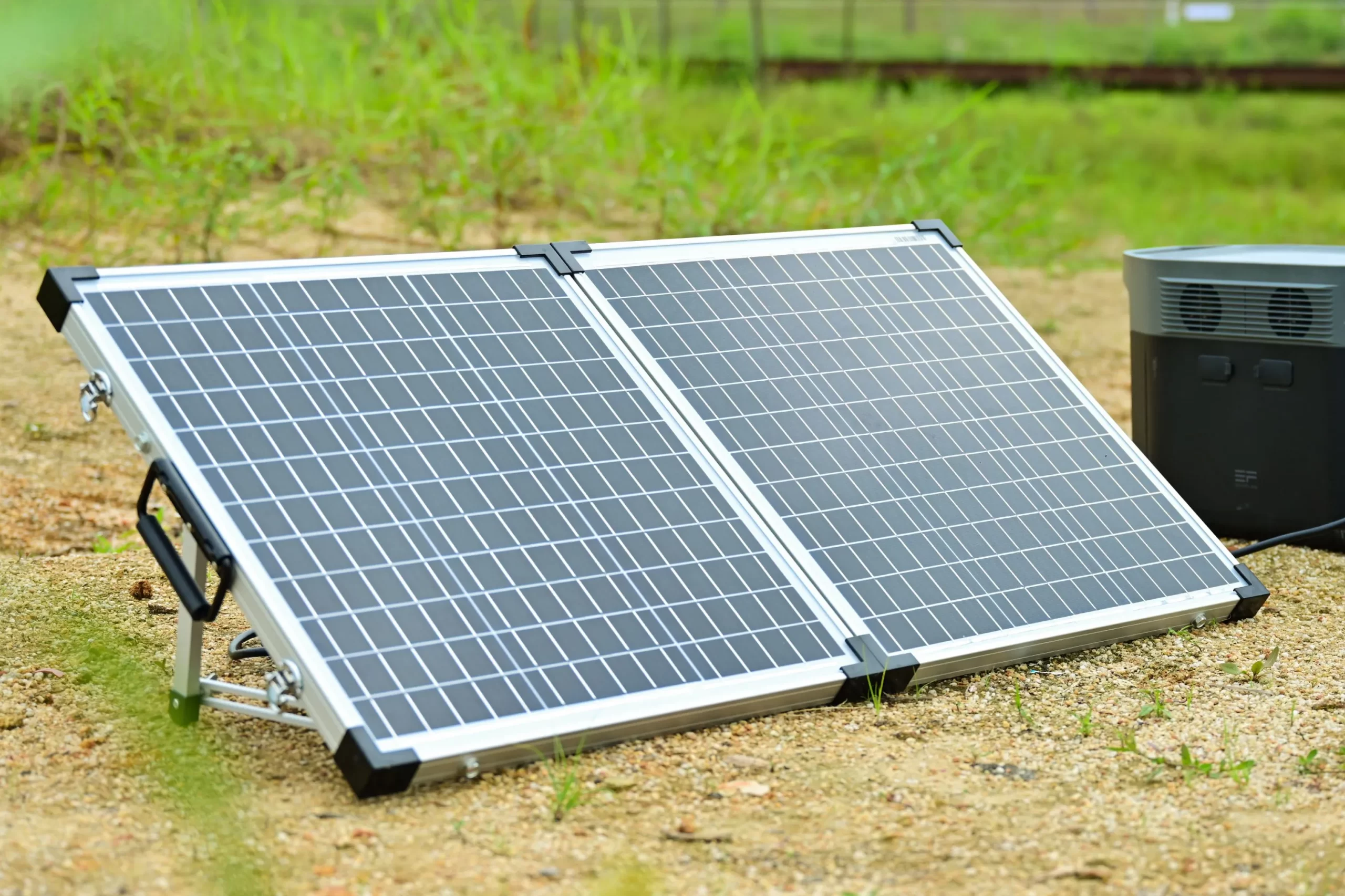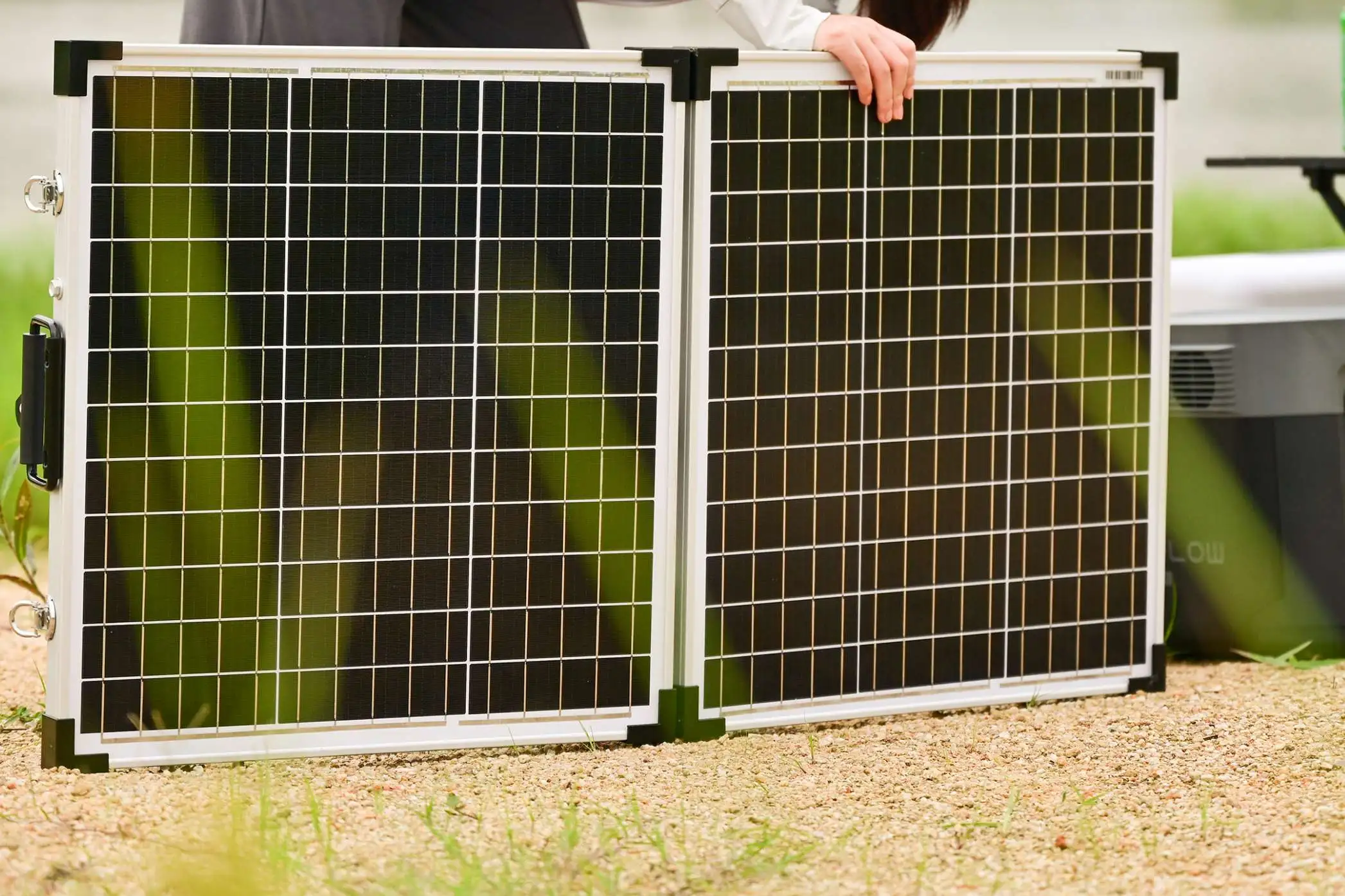Solar panels are a vital component of renewable energy systems, and understanding their power generation capability is crucial for designing and optimizing solar installations.
In this article, we will explore how much power a 300w solar panel can generate.
Understanding Solar Panel Ratings
Before we dive into the specifics, let’s grasp the concept of solar panel ratings. 300 watt solar panel’s wattage rating represents the maximum power it can generate under standard test conditions (STC). These conditions entail exposing the panel to a fixed amount of sunlight (1000 watts per square meter) and maintaining the panel’s temperature at 25 degrees Celsius (77 degrees Fahrenheit).
Factors Affecting Power Output
While a 300w solar panel is rated to produce 300 watts under STC, its actual power output can vary due to several factors:
- Sunlight Intensity: The amount of sunlight directly affects a solar panel’s power generation. On sunny days or during peak daylight hours, the panel will produce close to its rated power. However, on overcast or cloudy days, power output will be lower.
- Temperature: Solar panel efficiency decreases as temperatures rise. While the rated power is determined at 25 degrees Celsius, higher temperatures may lead to a slight reduction in power output. Modern solar panels have improved temperature coefficients to mitigate this effect.
- Panel Orientation and Angle: Properly aligning the solar panel towards the sun is crucial. In the northern hemisphere, facing south, and in the southern hemisphere, facing north optimizes energy capture. Adjusting the panel’s tilt angle based on the location’s latitude further enhances performance.
- Shade: Shadows cast on a solar panel can significantly diminish its power output. Even partial shading on a single panel can affect the entire string’s performance. Ensuring the panels are free from obstructions like trees and buildings is essential for maximum efficiency.
- Panel Aging and Degradation: Solar panels experience natural degradation over time. While modern panels have relatively slow degradation rates (typically 0.5% to 1% per year), it’s crucial to consider this factor for long-term power generation estimates.
- Inverter Efficiency: Solar panels produce direct current (DC) electricity, while household appliances and the grid use alternating current (AC). An inverter converts DC to AC. The inverter’s efficiency can slightly impact overall power generation.
Calculating Power Output
Calculating how much power will a 300W solar panel generate requires considering various factors. Here’s a general overview of the steps and factors involved:
- Solar Radiation Data: The amount of sunlight received by a location varies throughout the year. Solar radiation data, typically measured in kilowatt-hours per square meter per day (kWh/m²/day), provides information on the average amount of solar energy available at a specific location.
- Tilt and Orientation: The angle at which the solar panel is installed and its orientation (facing south in the northern hemisphere and north in the southern hemisphere) affects its efficiency. Optimal angles and orientations depend on the location’s latitude and local climate.
- Shading: Shading from nearby buildings, trees, or other obstacles can significantly reduce the panel’s output. It’s essential to consider potential shading patterns to optimize the panel’s placement.
- Temperature: Solar panels are affected by temperature; higher temperatures can reduce their efficiency. The panel’s temperature coefficient indicates how much power output decreases with increasing temperature.
- Panel Efficiency: The efficiency of the solar panel itself plays a crucial role. Higher efficiency panels can convert more sunlight into electricity.
- System Losses: There are various losses in the system, such as wiring losses, inverter losses, and so on. These losses need to be accounted for when estimating actual power generation.
- Location Latitude: The latitude of the installation site influences the sun’s angle and the number of daylight hours, which affects the total energy received by the solar panel.
- Weather Patterns: Local weather patterns, including cloud cover and atmospheric conditions, impact the amount of sunlight reaching the solar panel.
By considering all these factors, solar energy calculators and professional assessments can provide a more accurate prediction of the solar panel’s actual power generation in a specific location. Additionally, monitoring systems connected to the solar panel can provide real-time data on its output, helping you assess its performance over time.
Tips for maximizing power generation
Maximizing power generation from solar panels involves optimizing various factors to ensure 300 watt solar panels receive the maximum amount of sunlight and operate efficiently. Here are some tips to help you achieve that:
- Optimal Placement: Install the solar panels in a location that receives maximum sunlight throughout the day. This means minimizing shading from nearby structures, trees, or other obstructions. Conduct a shading analysis before installation to identify potential shading issues.
- Tilt and Orientation: Set the tilt angle and orientation of the solar panels to match the latitude of your location. This allows the panels to capture the most sunlight during peak hours. In the northern hemisphere, the optimal tilt angle is typically equal to the latitude minus 10-15 degrees if fixed or using adjustable mounts to optimize it throughout the year.
- Regular Cleaning: Keep the solar panels clean and free from dirt, dust, leaves, and other debris. Regularly cleaning the panels will ensure they operate at maximum efficiency by maximizing sunlight absorption.
- Efficient Inverters: Choose high-quality inverters that convert DC electricity generated by the panels into usable AC electricity efficiently. Look for inverters with a high-efficiency rating to minimize conversion losses.
- High-Efficiency Panels: Invest in high-efficiency solar panels that can convert more sunlight into electricity. Although they might be more expensive, their higher efficiency can result in better overall power generation.
- Monitoring and Maintenance: Install a monitoring system to keep track of the solar panel’s performance. This will help you identify any issues promptly and perform maintenance when needed.
- Battery Storage: Consider using battery storage to store excess electricity generated during sunny periods. Battery systems allow you to use the stored energy during cloudy days or at night, reducing dependence on the grid and maximizing the use of the generated power.
- Time-of-Use (TOU) Planning: If your utility offers time-of-use electricity rates, plan your energy consumption to match peak solar production periods. By using energy-intensive appliances during the day when the sun is shining, you can maximize the benefits of solar power and reduce reliance on expensive grid electricity during peak hours.
- Energy-Efficient Appliances: Use energy-efficient appliances and lighting to minimize electricity consumption. The more energy-efficient your overall household is, the more impactful your solar panels’ power generation will be in covering your needs.
- Regular Inspections: Conduct regular inspections and maintenance of the entire solar power system to identify and address any performance issues promptly.
Conclusion
300 watt solar panels power generation potential is contingent on various factors, including sunlight intensity, temperature, shading, and panel orientation. While it is rated at 300 watts under STC, real-world conditions can result in slight deviations. Understanding these factors empowers individuals and businesses to harness solar energy efficiently and contribute to a sustainable future.














